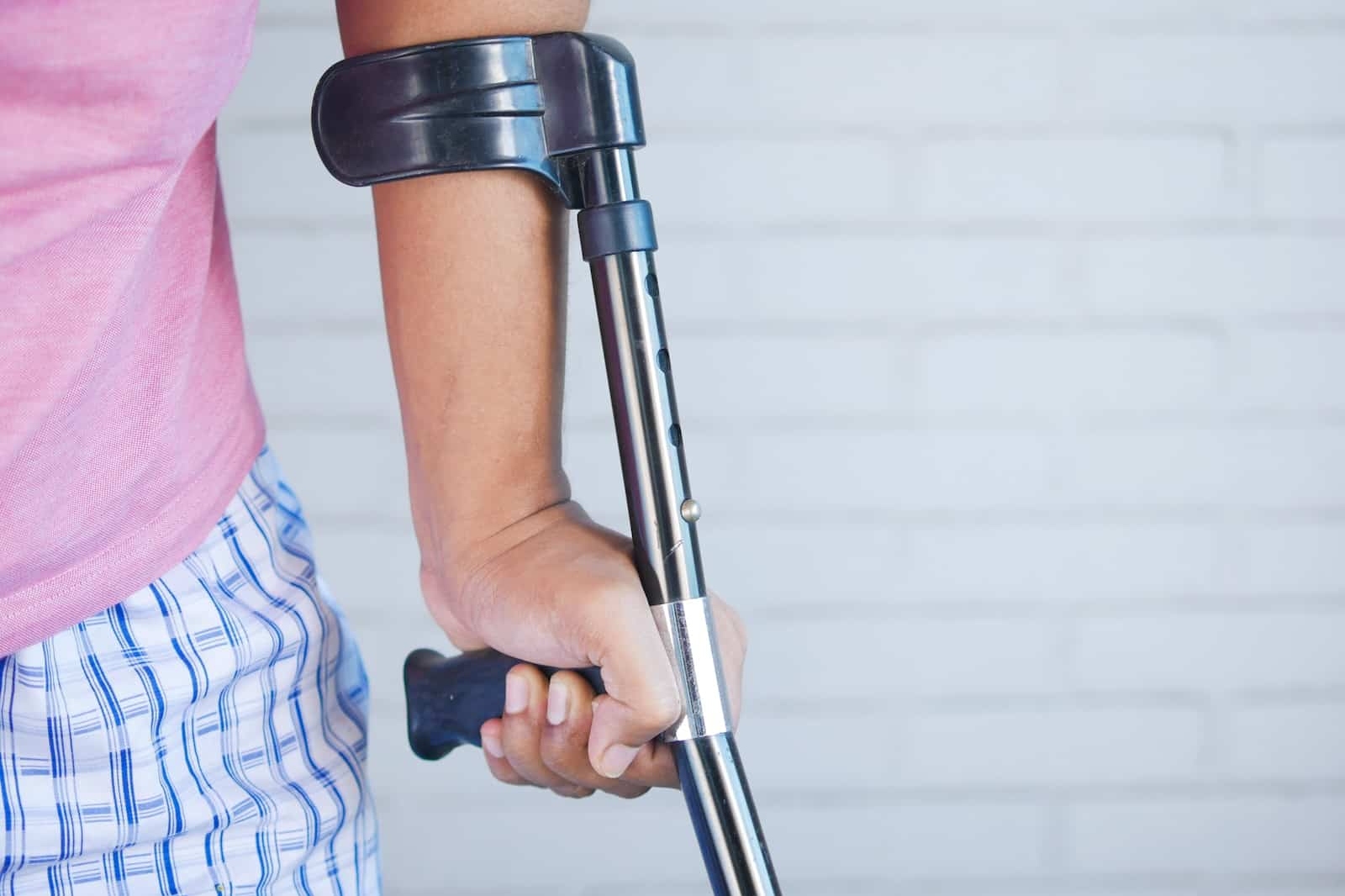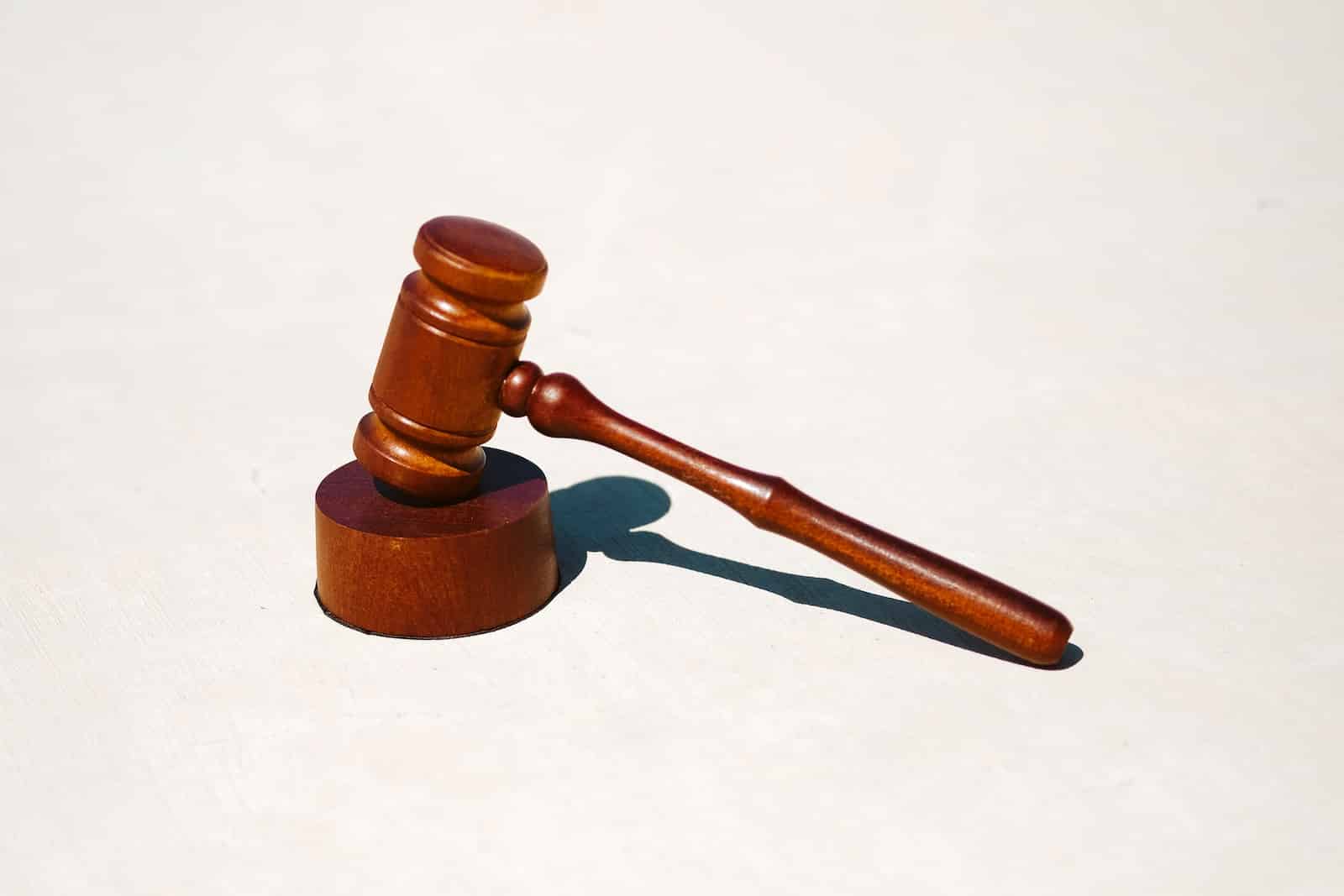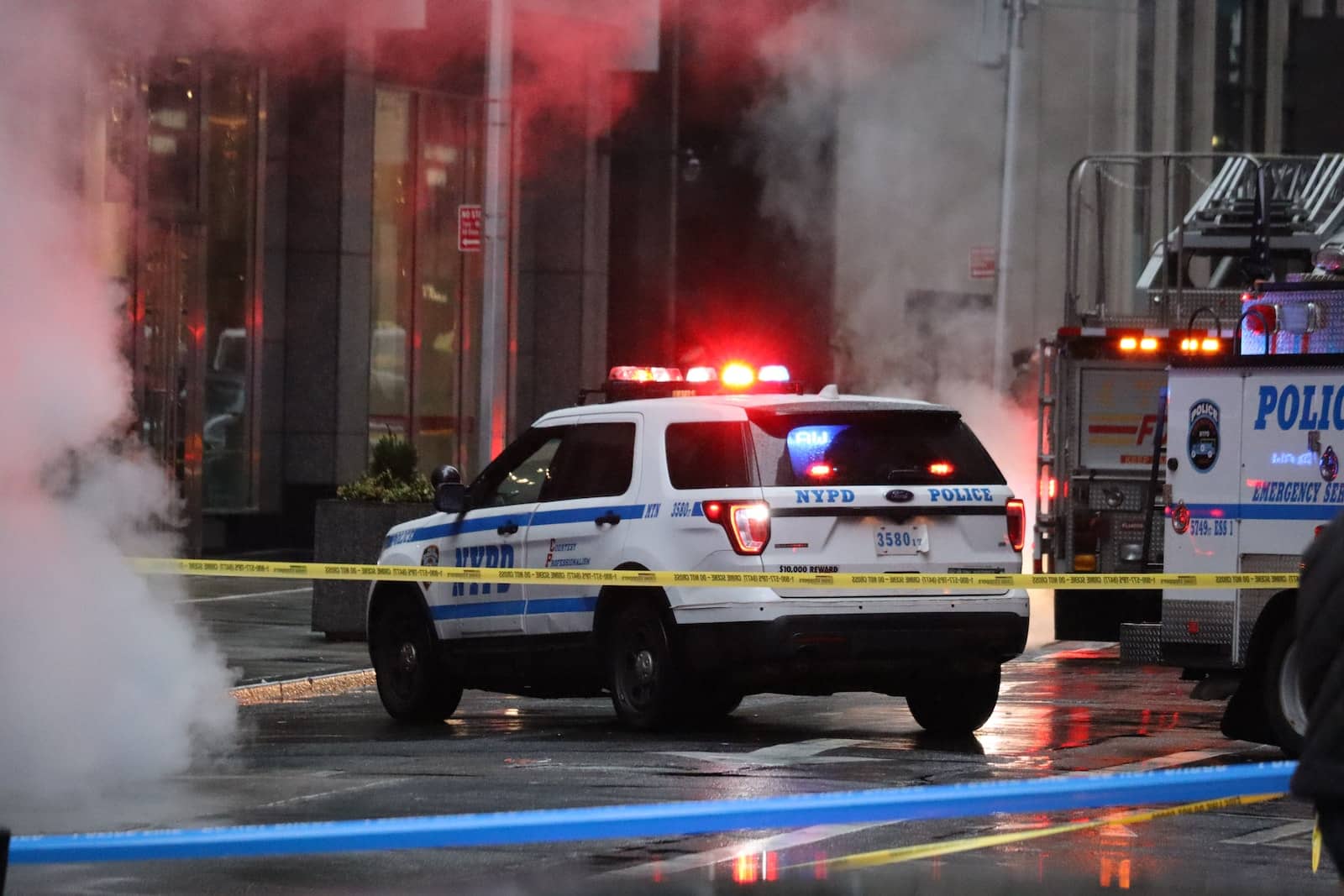When it comes to legal proceedings, visual aids can be a powerful tool for communicating complex information to a jury. Legal animation and trial graphics can help attorneys effectively present their case and make a lasting impression on the jury. But with so many different types of visual aids available, it can be hard to know where to start. In this post, we’ll answer some common questions about legal animation and trial graphics to help you make an informed decision.
What is Legal Animation?
Legal animation is the use of animated videos and graphics to explain complex legal concepts, recreate accident scenes, or demonstrate the sequence of events in a case. These animations can be used in a variety of legal proceedings, including personal injury, medical malpractice, and patent disputes. Legal animations can be created using 2D, 3D or even 4D animation techniques.
What is the Role of Trial Graphics?
Trial graphics are visual aids that are used to help explain legal concepts and evidence to a jury. These can include charts, diagrams, timelines, and maps. Trial graphics can be used to make complex information more understandable, to highlight key points, and to help the jury remember important information.
How are Legal Animations and Trial Graphics Different?
While legal animations and trial graphics are both visual aids that can be used in legal proceedings, there are some key differences between the two. Legal animations are typically used to recreate accident scenes, demonstrate the sequence of events in a case, or explain complex legal concepts. On the other hand, trial graphics are used to make complex information more understandable, to highlight key points, and to help the jury remember important information.
How are Legal Animations and Trial Graphics Created?
Legal animations and trial graphics are typically created by a team of experts, including attorneys, animators, and designers. The team will work together to gather information about the case and then use that information to create a visual representation of the information. This can include recreating accident scenes, demonstrating the sequence of events, or creating charts and diagrams to explain complex legal concepts.
How are Legal Animations and Trial Graphics Used in Court?
Legal animations and trial graphics are typically used during the trial to help explain complex information to the jury. They can be used during opening statements, direct examination, and cross-examination. They can also be used during closing arguments to help the jury remember important information and make a decision in the case.
In conclusion, legal animation and trial graphics are powerful tools that can help attorneys effectively present their case to a jury. Legal animations can be used to recreate accident scenes, demonstrate the sequence of events, or explain complex legal concepts, while trial graphics can be used to make complex information more understandable, to highlight key points, and to help the jury remember important information. They are typically created by a team of experts and used in court to help explain complex information to the jury.




